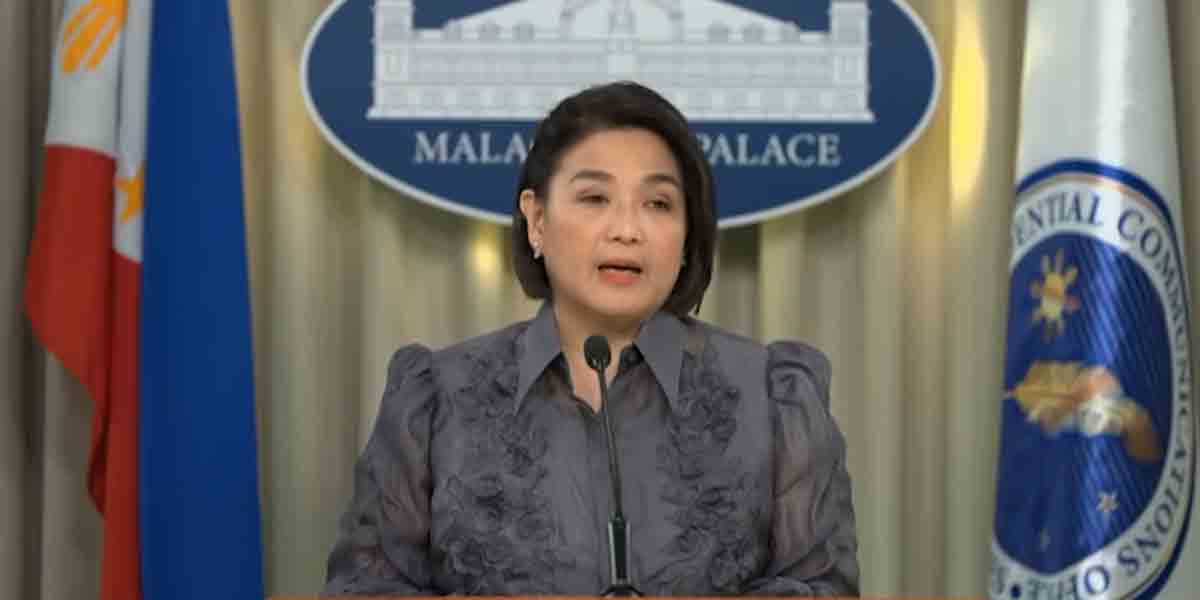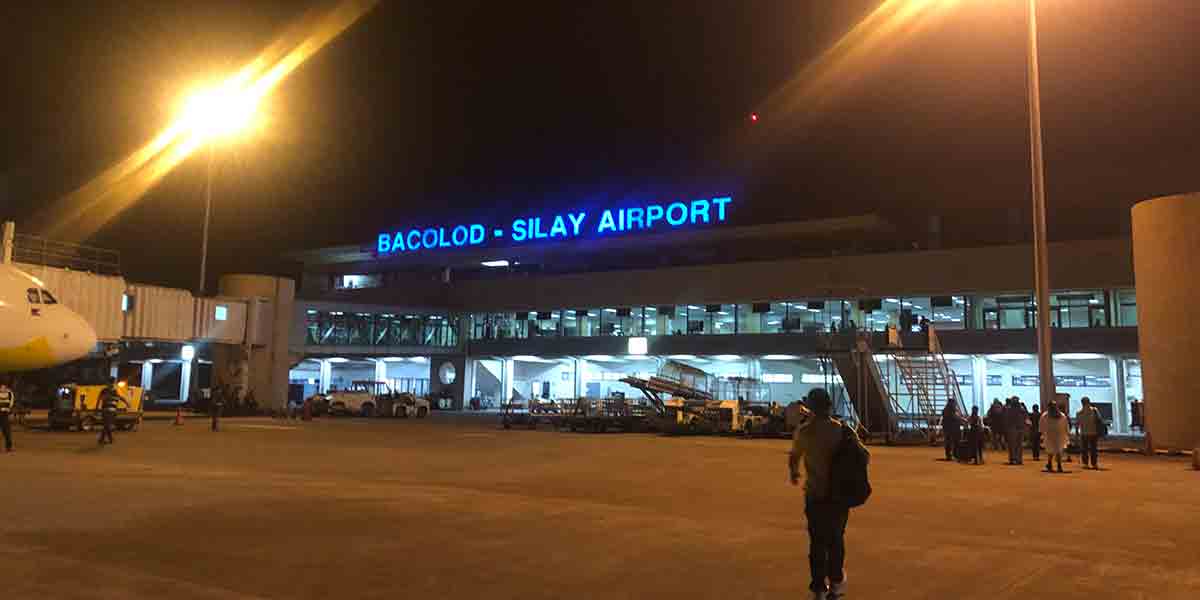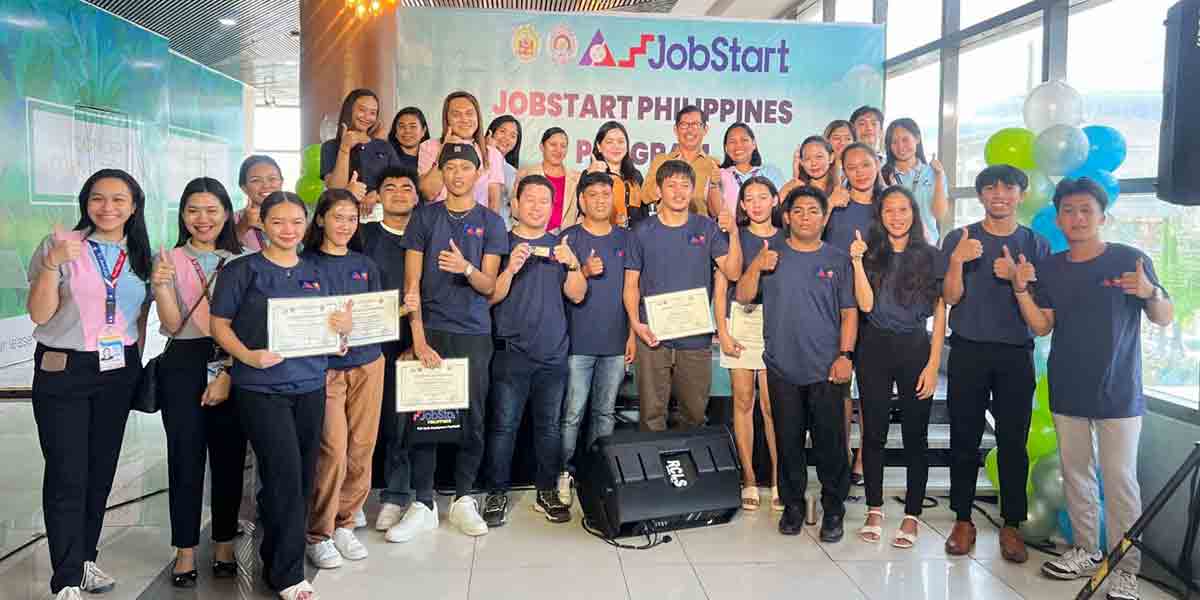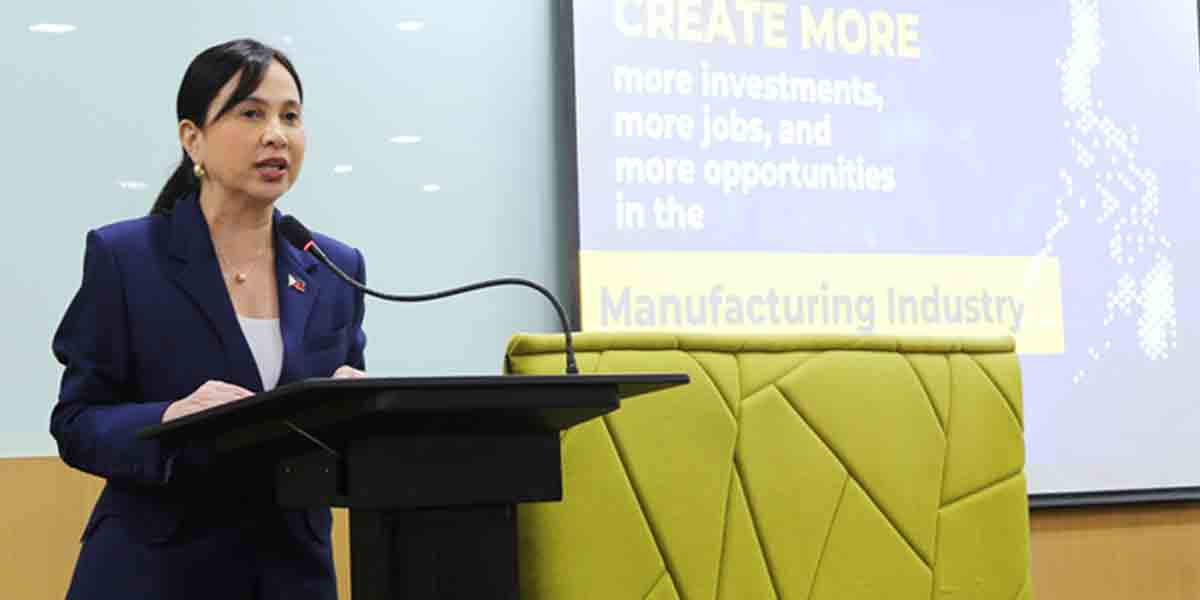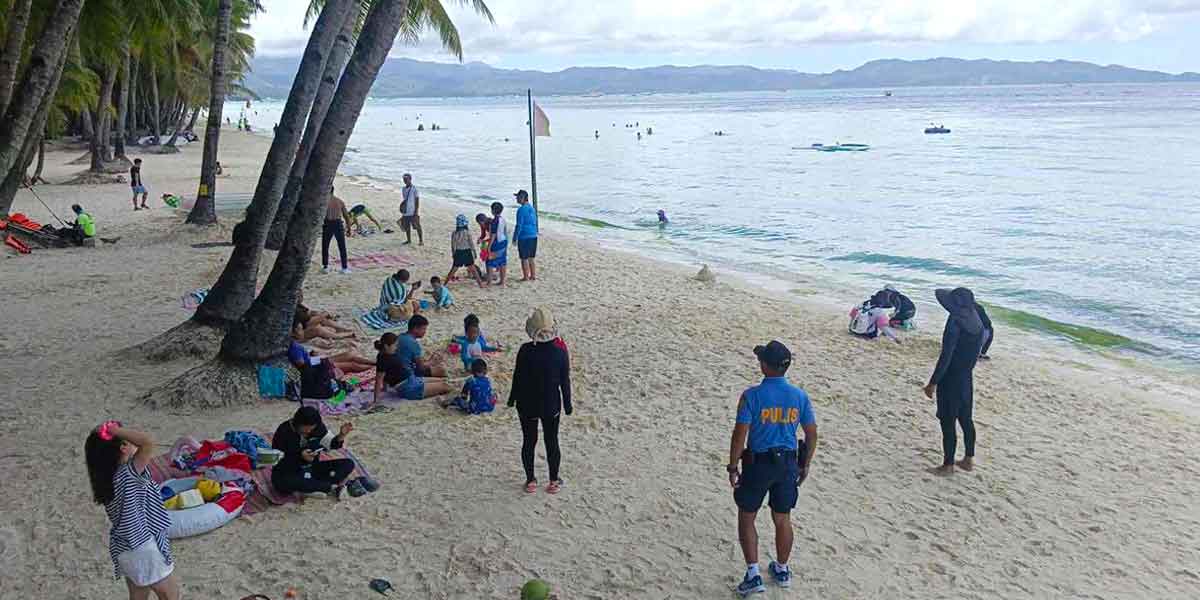By Francis Allan L. Angelo
The Philippines and the Asian Development Bank (ADB) have unveiled a six-year Country Partnership Strategy (CPS) aimed at driving inclusive and sustainable growth in the country.
The strategy, which runs from 2024 to 2029, focuses on strengthening human development, boosting economic competitiveness, enhancing infrastructure, and ensuring the sustainable management of natural resources.
During the launch at Malacañang Palace on September 12, 2024, President Ferdinand Marcos Jr. commended the ADB for being a steadfast partner in the Philippines’ development efforts.
“This strategy is about turning lofty goals into tangible improvements in the daily lives of our people. Today, we are not just talking about progress. We are delivering it with clear, impactful actions,” Marcos said.
Priorities of the New Partnership
The ADB CPS will focus on three main pillars: improving human development, enhancing economic competitiveness and infrastructure, and protecting natural ecosystems.
Cross-cutting initiatives include gender equality, digital transformation, and good governance to ensure a holistic approach to national development.
Among the major projects supported under the strategy are the Bataan-Cavite Interlink Bridge and the North-South Commuter Railway.
These infrastructure investments aim to reduce travel time, improve regional connectivity, and boost economic activity across the Greater Manila Bay area.
ADB President Masatsugu Asakawa reaffirmed the bank’s commitment to helping the Philippines reach its development goals.
“I want to reaffirm ADB’s strong commitment to supporting the Philippines’ economic and social transformation through our new Country Partnership Strategy. Building on our shared successes, I am confident that together we will achieve remarkable progress in this new chapter of our partnership,” Asakawa said.
Addressing Inequality and Enhancing Resilience
The strategy also seeks to improve access to education and healthcare services, particularly for marginalized communities.
Flagship social programs like the Pantawid Pamilyang Pilipino Program (4Ps), which provides assistance to vulnerable families, will continue to receive support under the CPS.
Finance Secretary Ralph G. Recto praised the strategy, emphasizing its alignment with the government’s broader development agenda.
“I thank the ADB, who has always been a true friend of the Philippines, for developing this very well-tailored country partnership strategy with us. This not only reflects the Bank’s commitment to the Philippines but is also a testament to their deep understanding of our development needs in order to achieve our ultimate goal of lifting 8 million more Filipinos out of poverty by the end of President Marcos, Jr.’s term,” Recto said.
The strategy was developed in coordination with the National Economic and Development Authority (NEDA), which ensures that ADB’s support aligns with the Philippine Development Plan (PDP) for 2023-2028.
NEDA Secretary Arsenio Balisacan noted that the CPS is essential for addressing regional disparities and fostering a more equitable economy.
“The Philippines is on track to achieving Upper Middle-Income Country status, and it is imperative that the gains from our economic growth are felt by all Filipinos,” Balisacan said.
A Strong Track Record of Support
The ADB is the Philippines’ second-largest source of official development assistance (ODA) and has committed a total of $8.84 billion in loans and grants as of June 2024.
The bank’s involvement has spanned a wide range of sectors, from climate action programs to large-scale infrastructure projects like the Malolos-Clark Railway Project and the Bataan-Cavite Interlink Bridge.
With the new CPS, the Philippines aims to further build on these gains, focusing on sustainability and resilience.
The partnership’s emphasis on disaster preparedness and climate resilience aligns with the country’s vulnerability to natural disasters, making these areas critical to long-term economic stability.
President Marcos highlighted the importance of the ADB’s continued support in helping the country achieve its goals.
“Thanks to the ADB, we are not just talking about progress––we are now on the path to achieving it. Your contributions have turned hope into reality and made a profound difference in countless lives here in the Philippines,” Marcos said.
A Collaborative Future
The six-year partnership is expected to be instrumental in helping the Philippines achieve upper-middle-income status and lift millions of Filipinos out of poverty. The CPS will be operationalized through annual country programming missions, which will provide a three-year rolling pipeline of projects supported by the ADB.
As the Philippines looks ahead to the next phase of its development, the ADB remains a key partner in delivering inclusive, sustainable growth that benefits all Filipinos.


